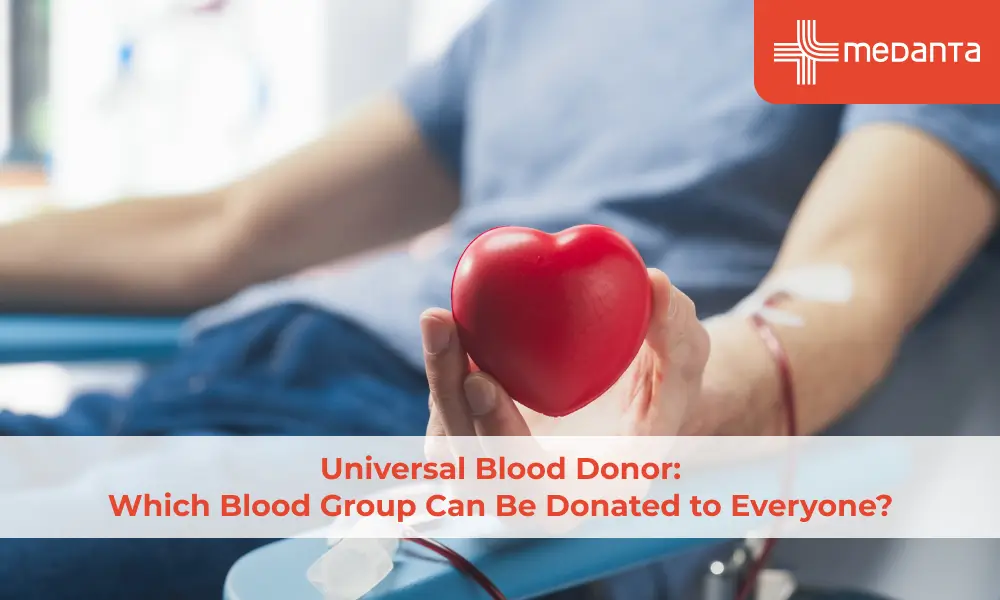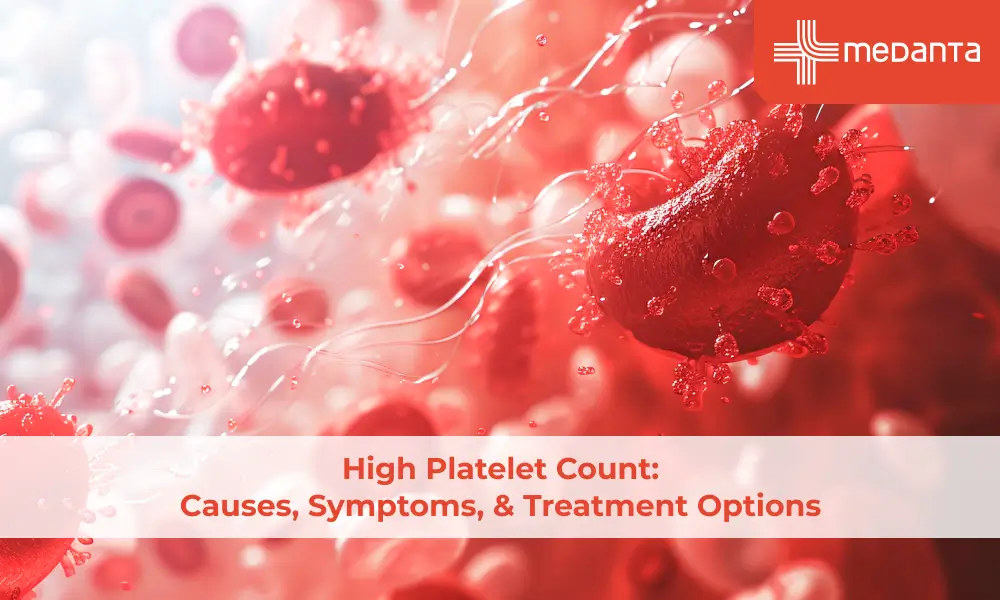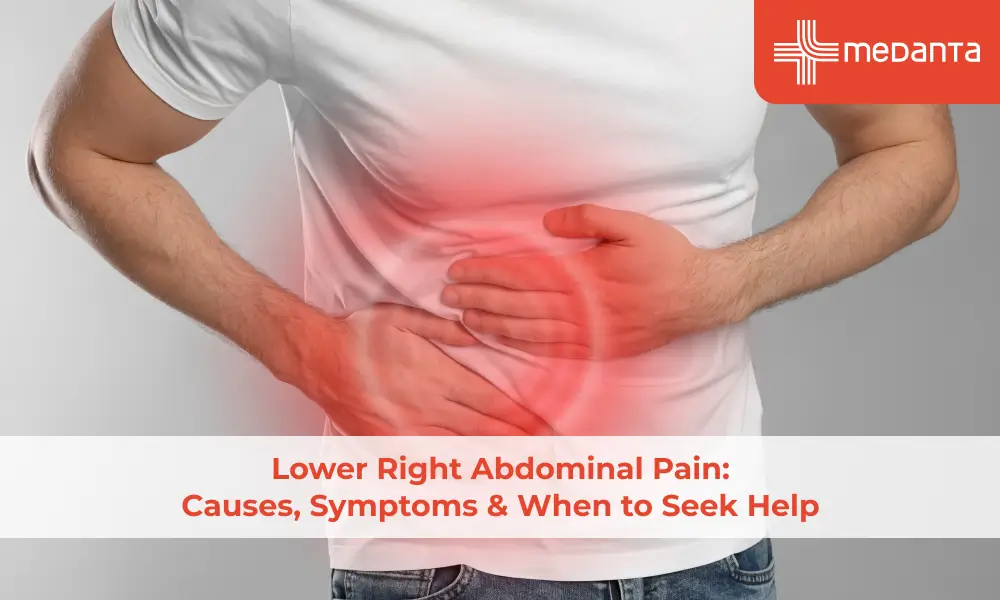Stretch Marks: Prevention and Treatment

TABLE OF CONTENTS
Stretch marks affect many women during pregnancy, making them one of the most common skin conditions worldwide. These marks, also known as striae, appear when the skin rapidly stretches or shrinks due to pregnancy, weight fluctuations, or muscle growth during bodybuilding. Although many people seek ways to prevent or remove these distinctive skin markings, the truth about stretch mark treatments is not always straightforward. However, certain medical treatments may help reduce their appearance, though complete removal is rarely possible.
Stretch marks are indented streaks that develop on the skin when it stretches or shrinks rapidly. Medically known as striae, these marks appear as linear streaks perpendicular to the skin's maximum tension lines. Essentially, they form when the collagen and elastin that support our skin rupture due to abrupt changes, creating a specific type of scarring on the skin.
Stretch marks typically run through specific stages as they develop and mature. Initially, they appear flat red or purplish lines (striae rubrae), which may feel slightly raised and sometimes itchy. Over time, these marks fade to white or silvery streaks (striae albae) that feel slightly depressed when touched, resembling the surface of over-inflated rubber balloons.
Doctors classify stretch marks into several categories based on their appearance:
Striae atrophicans: Associated with thinned skin, often developing from frequent corticosteroid use
Striae gravidarum: Stretch marks specifically occurring during pregnancy
Striae distensae: General term for stretched skin marks
Striae rubrae: Red or pink-coloured early-stage marks
Striae albae: White or silver-coloured mature marks
Striae nigra: Dark grey or black marks more common in darker skin tones
Striae caerulea: Dark blue or purple marks also typically seen in darker complexions
Researchers remain uncertain about the possibility of preventing stretch marks. Unfortunately, many popular remedies marketed for stretch mark prevention simply don't work. Studies have found that common treatments like almond oil, cocoa butter, olive oil, and vitamin E do not effectively prevent these skin markings.
However, certain ingredients show promise. Products containing centella (a herb) or hyaluronic acid (naturally present in the skin) may help prevent stretch marks. Beyond topical treatments, several lifestyle factors play crucial roles in minimising your risk:
Maintaining a healthy weight: Stretch marks typically form when skin pulls apart due to rapid weight gain or loss. Consequently, controlling body changes and avoiding sudden weight fluctuations offer the best protection.
Nutrition and hydration:
Drink plenty of water (104 ounces daily for men, 72 ounces for women) to keep skin hydrated and soft
Limit caffeinated beverages, which may increase stretch mark risk
Consume foods rich in zinc (nuts, fish), vitamins A, C, D, E (carrots, citrus fruits, milk), and protein (lentils, beans, lean meats)
Focus on omega-3 fatty acids found in cold-water fish, chia seeds, and walnuts
Exercise: Regular exercise benefits skin health by increasing circulation and helping your body produce collagen, making skin stronger and more elastic. Additionally, exercising supports weight management, further reducing stretch mark risks.
Genetics: Importantly, genetics significantly influence susceptibility to stretch marks. Risk factors include being female, having a family history of stretch marks, being overweight, pregnancy, rapid weight changes, using corticosteroids, and certain genetic disorders.
Gradual weight gain remains the most effective prevention strategy for pregnant women who commonly develop stretch marks around the sixth or seventh month. Working with doctors to develop appropriate diet and exercise plans can help minimise excessive stretching while ensuring proper nutrition.
Notably, even with preventative measures, some people will still develop stretch marks. These marks typically fade with time and proper care but rarely disappear completely.
Treating stretch marks remains challenging, with no perfect solution currently available. Many treatment options exist, ranging from topical applications to medical procedures, each offering varying degrees of improvement rather than complete removal.
Retinoid creams derived from vitamin A work primarily on newer stretch marks, helping rebuild collagen to make them appear more like normal skin. These creams must be avoided during pregnancy or breastfeeding and may cause irritation in some individuals.
Professional treatments often prove more effective than home remedies. Laser therapy stands among the most promising clinical approaches, with pulsed dye lasers and intense pulsed light showing significant improvement in stretch mark appearance. People may need up to 20 treatments to see a 20-60% improvement. Moreover, microneedling creates tiny punctures in the skin, stimulating natural collagen production. This technique poses less risk of skin colour changes, making it suitable for darker skin tones.
Radiofrequency treatments represent another clinical option, sending energy waves into the skin to stimulate collagen. For striae albae (white stretch marks), nanofractional radiofrequency combined with beta-glucan has shown promising results without adverse effects.
For those seeking natural approaches, certain ingredients show potential:
Hyaluronic acid helps with moisturising and skin healing
Centella asiatica (found in many Korean beauty products) promotes collagen production
Aloe vera offers skin-repairing properties
Sugar scrubs provide gentle exfoliation
Contrary to popular belief, studies show cocoa butter, olive oil, and almond oil lack effectiveness in treating stretch marks.
Many people wonder if stretch marks will completely disappear over time. The answer is both yes and no - stretch marks typically fade but rarely vanish entirely. Unfortunately, research reveals some hard truths about stretch mark treatments:
No single treatment works for everyone
Many products don't seem to work at all
Popular home remedies, including almond oil, cocoa butter, olive oil, and vitamin E, showed no effectiveness in studies
The timing of treatment makes a substantial difference. Early intervention yields better results because:
Treatments have little effect on mature stretch marks
Early stretch marks (red/purple) respond better to treatments
Topical treatments work best when massaged into the skin daily for weeks
For those seeking professional help, dermatologists offer several procedures that can minimise the appearance of stretch marks.
Stretch marks remain a common skin condition affecting millions of people worldwide. While many products claim to prevent or eliminate stretch marks completely, the reality differs significantly. Most prevention methods lack scientific backing, though staying hydrated, maintaining a healthy weight, and using products with centella or hyaluronic acid might help reduce their appearance.
Treatment options exist, albeit with limitations. Laser therapy, microneedling, and retinoid creams offer modest improvements, especially when applied to newer, red-coloured marks. However, the timing of treatment matters tremendously. Early intervention works best, while mature white stretch marks generally resist most treatments.
Do stretch marks go away if you lose weight?
Losing weight might make stretch marks less visible, but they rarely disappear completely. The marks typically fade and become less prominent over time, yet they remain as permanent scars on the skin. After weight loss, the silvery lines often become more noticeable before they begin to blend with your skin tone.
Is it normal for skinny people to have stretch marks?
Anyone can develop stretch marks regardless of body type. Skinny individuals get stretch marks, too, primarily from:
● Rapid growth during puberty
● Hormonal fluctuations
● Genetic predisposition
Body fat percentage plays a minor role compared to these factors.
How to remove stretch marks permanently?
No guaranteed method exists for permanently removing stretch marks. Certain treatments can significantly reduce their appearance:
● Laser therapy
● Microdermabrasion
● Retinol creams
Can stretch marks appear suddenly?
Stretch marks don't typically form in just one day. Instead, they develop over a period when the skin undergoes consistent stretching. Nevertheless, rapid body changes can make them seem to appear suddenly. The initial appearance of redness or itching often precedes visible marks.






